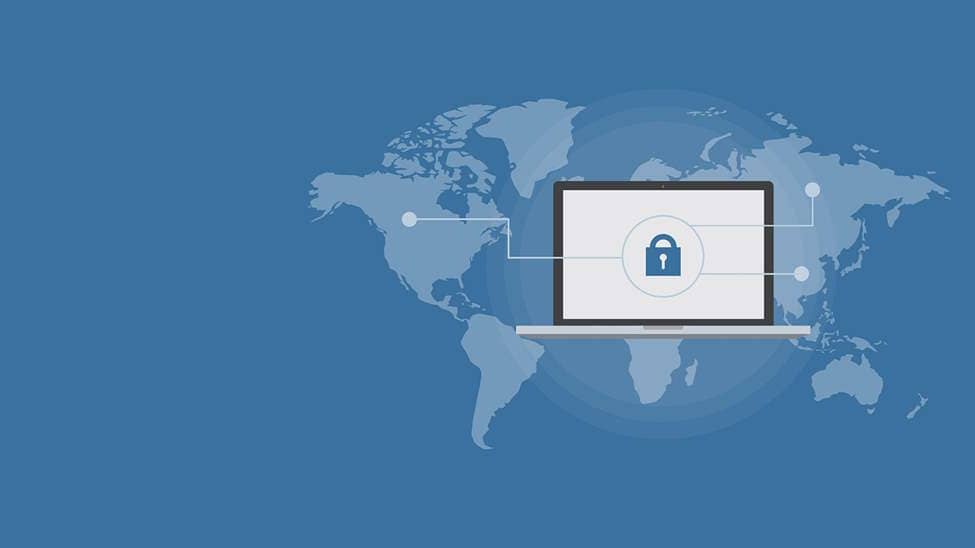Cybersecurity practices are vital in maintaining software safety. In a world where threats evolve quickly, implementing strategies to protect and update your applications is key.
To that end, let’s look at some best practices for achieving this goal, with each providing a unique approach to strengthen your software's resilience.
Adopt Strong Password Standards for Optimum Safety
Crafting a strong password is your first line of defense against potential breaches. Use unique and unpredictable combinations, and try to avoid common phrases or patterns that can be easily guessed by hackers.
An impactful strategy is to use long passphrases with a mix of alphanumeric characters, symbols, lower cases, and upper cases. Also remember that changing your passwords regularly enhances security levels significantly.
Enhance Protection with Multi-Factor Authentication
Multi-factor authentication (MFA) is an absolute must in the world of application security. This process requires more than one method of verification from independent categories, thus adding multiple layers to your security system.
This could be a combination of the ordinary password, retina scans or OTPs sent to your mobile device, for example. By enforcing MFA protocols, you significantly reduce the risk that an unauthorized person can access and compromise vital software data.
Follow Key Principles of Patch Management
Patch management is imperative to software safety. It involves regularly updating and modifying your system or program to improve performance, fix bugs, or enhance security measures.
Though this might seem like a basic housekeeping measure, many companies overlook its importance and neglect regular updates. It’s a case of getting to grips with what defines patch management vs vulnerability management.
In practice, install patches as soon as they become available. This will minimize the risk of cyberattacks through vulnerabilities in outdated versions. In short, an updated system is already one step ahead in keeping threats at bay!
Set up Automated Alerts for Security Threats
Vigilance in cybersecurity is key to staying one step ahead of potential vulnerabilities. This means actively monitoring the health and safety status of your software systems at all times, not just when things go wrong.
An effective way to do this is by investing in cyber threat intelligence services. These can deliver effective and comprehensive insights and can enrich your threat analysis with the help of threat group profiles, malicious software analysis reports, and real-time threat activity detection.
Implement Routine Backup Protocols as a Final Safeguard
No matter how vigilant or proactive you are in your cybersecurity efforts, things can go awry sometimes. In such instances, having routine backups of all your key data and software becomes vital.
Backups act as the lifeline to restore lost data in case of successful cyberattacks or sudden system failure. Establishing regularly scheduled backups, both on-site or off-site, enables the fast recovery of crucial information and can save a huge amount of time and resources in an emergency scenario.
Proactively Train Your Team
In the ever-evolving landscape of cybersecurity, human error remains a core vulnerability. Having a well-informed and vigilant workforce can become your strongest link in digital defense.
Ensure that all team members are regularly trained to recognize phishing attempts, suspicious links or email attachments and unsafe browsing habits. Make them aware of the latest threats and their own roles in keeping software secure within the organization, effectively transforming them into active participants against cybercrime.
The Bottom Line
Staying safe and secure in cyberspace is no small feat, but it's not impossible either! By embracing these best practices, you'll keep your software updated, protected and prepared for any security threats.
Ultimately, regular vigilance paired with cutting-edge defenses can create an impenetrable digital fortress around core assets.








